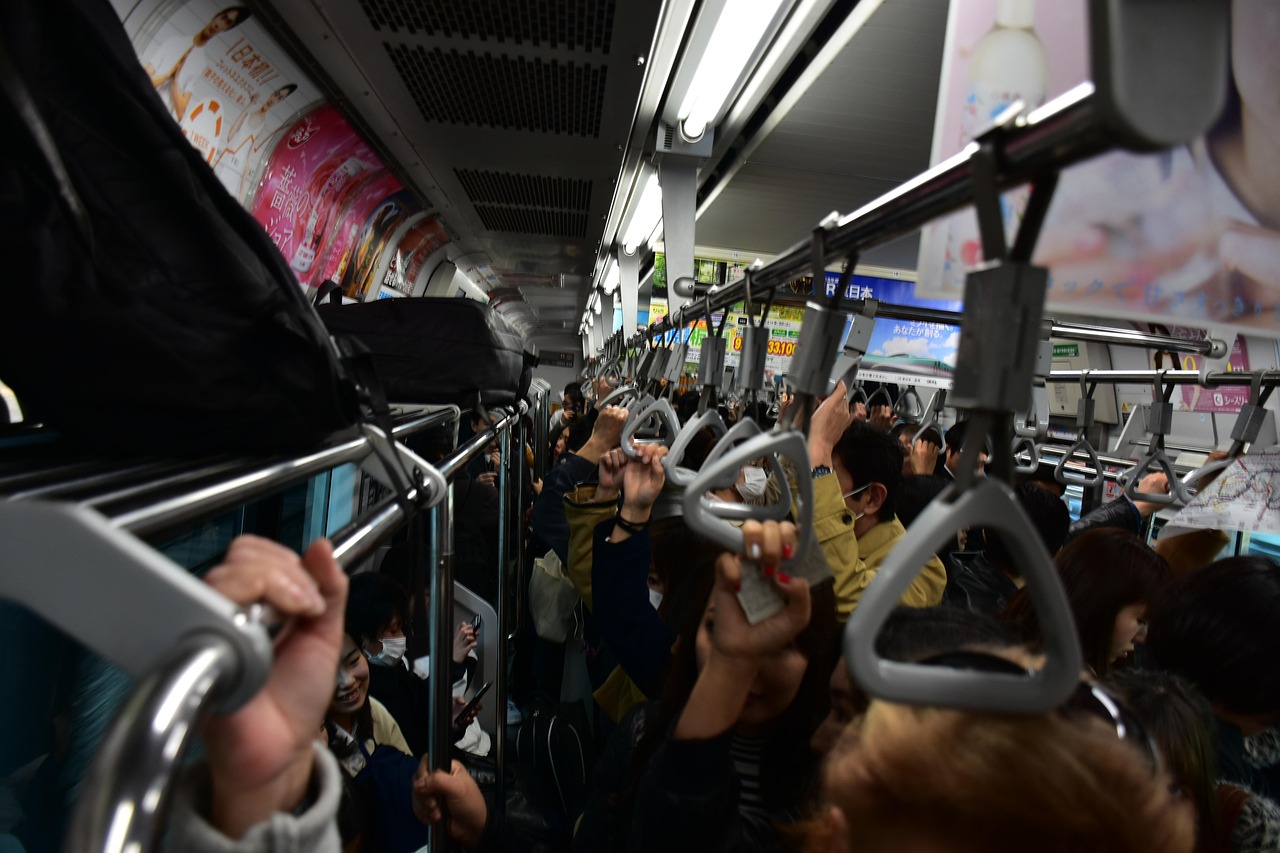美国新冠疫情最新消息英文报道(美国新冠疫情最新消息英文报道视频)
美国新冠疫情最新消息英文报道
Title: "The Ongoing Pandemic in the US: An Update on COVID-19"
Introduction:
The COVID-19 pandemic has been a defining moment in global health history, with the United States at the forefront of the crisis. As the virus continues to evolve and mutate, the country has seen a series of challenges and triumphs in its fight against the pandemic. This article provides an update on the latest developments in the US's response to COVID-19, including vaccination efforts, new variants, and the ongoing impact on society and the economy.
Vaccination Efforts:
One of the key areas of progress in the US's response to COVID-19 has been the rapid development and distribution of vaccines. The Food and Drug Administration (FDA) has authorized three vaccines for emergency use: the Pfizer-BioNTech, Moderna, and Johnson & Johnson (J&J) vaccines. As of March 2023, over 90% of Americans aged 18 and older have received at least one dose of a COVID-19 vaccine, and over 75% are fully vaccinated.
The Biden administration's "Operation Warp Speed" initiative has been instrumental in the rapid production and distribution of these vaccines. However, challenges remain in ensuring equitable access to vaccines in underserved communities and among low-income populations. Despite these efforts, some states have reported lower vaccination rates than others, highlighting the need for continued outreach and education.
New Variants and Their Impact:

The emergence of new COVID-19 variants has posed significant challenges to the global pandemic response. The most concerning variant to date is Omicron, which has shown a high degree of transmissibility and has led to a surge in cases across the US. However, early data suggests that Omicron is less severe than previous variants, with lower hospitalization rates and fewer deaths.
The US government has responded to the Omicron variant by expanding its testing capabilities and distributing additional vaccines and booster doses. The CDC has also updated its guidance to recommend booster shots for all adults to help combat the spread of Omicron. Despite these efforts, new variants are likely to continue to emerge, underscoring the need for ongoing surveillance and research.
Impact on Society and the Economy:
The pandemic has had a profound impact on American society and the economy. Schools and businesses have had to adapt to new operating protocols, with many shifting to remote learning and work-from-home arrangements. The resulting economic disruptions have led to job losses, especially in sectors such as hospitality, retail, and tourism.
As vaccination rates have increased and restrictions have been lifted, many businesses have begun to reopen, leading to a partial recovery in the economy. However, long-term effects of the pandemic are still being felt, with some industries struggling to recover while others have seen significant changes in their operating models. The ongoing pandemic has also highlighted the need for greater investment in public health infrastructure and resilience.

Healthcare System Under Stress:
The pandemic has put immense pressure on the US healthcare system, leading to shortages of medical supplies, hospital bed capacity, and healthcare workers. Many hospitals have been forced to ration care and cancel elective surgeries due to the surge in COVID-19 patients. The shortage of healthcare workers has been a particular challenge, with many providers reporting burnout and exhaustion.
To address these issues, the Biden administration has implemented several initiatives aimed at increasing access to healthcare and supporting healthcare workers. These include expanding testing and vaccination efforts, providing additional funding for hospitals and healthcare providers, and offering incentives for healthcare workers to remain in their professions. However, the ongoing stress on the healthcare system underscores the need for long-term investments in public health infrastructure.
Public Health Measures:
In response to the pandemic, various public health measures have been implemented across the US. These include mask mandates, social distancing requirements, and restrictions on large gatherings. While these measures have been effective in reducing the spread of the virus, they have also caused economic disruptions and social unrest. As a result, many states have begun lifting restrictions as vaccination rates have increased.

However, experts warn that lifting restrictions too quickly could lead to a resurgence in cases. This has led to a renewed focus on individual responsibility and prevention measures such as wearing masks, practicing good hygiene, and avoiding large gatherings. The ongoing pandemic underscores the need for a balanced approach that considers both public health and economic considerations.
Conclusion:
The COVID-19 pandemic continues to pose significant challenges for the United States. While vaccination efforts have been successful in reducing the spread of the virus, new variants pose ongoing risks. The ongoing impact on society and the economy highlights the need for continued investment in public health infrastructure and resilience. As we move forward, it is crucial that we remain vigilant in our efforts to combat the pandemic and support those most impacted by its consequences.





还没有评论,来说两句吧...